Once upon a time, in the not-so-distant past, Artificial Intelligence (AI) was just a buzzword, a sci-fi dream. Fast forward to today, and it’s as commonplace as your morning cup of joe. So, let’s dive into the world of AI in marketing – the good, the bad, and yes, even the ugly. Oh, and thank you, Sima, for the inspiration of this post.
AI: A Brief Overview
Imagine if Sherlock Holmes had a digital twin, capable of analyzing data at superhuman speed, uncovering hidden patterns, predicting trends, and making recommendations. That’s AI for you! It’s like unleashing a pack of bloodhounds on a scent trail, tirelessly tracking down leads and insights that may otherwise go unnoticed.
AI can help marketers automate mundane tasks like data entry and customer segmentation. It can also monitor customer behavior, identify buying patterns, track lead conversions, and fine-tune campaigns for maximum efficiency. AI can even be used to create dynamic, personalized content that’s tailored to specific customer segments or individuals. It is an indispensable tool in the modern marketer’s arsenal.

The Good AI: Unleashing the Power of AI in Marketing
AI is transforming marketing like a master sculptor chiseling a block of marble into a masterpiece. From personalized product recommendations to chatbots providing 24/7 customer support, AI is revolutionizing how businesses connect with their customers.
For instance, take Netflix, the streaming giant. By using AI to analyze viewing habits, they can suggest shows that match your taste, turning a casual viewer into a marathon-watcher. It’s like having a personal movie critic who knows your preferences down to a tee!
Meanwhile, students and business leaders are embracing AI, too. They’re harnessing its power to learn about consumer behavior, market trends, and effective strategies. It’s like having a crystal ball that provides a glimpse into the future of their industries.
In essence, AI is like having a supercharged Sherlock Holmes on your marketing team, able to deduce vital information from seemingly random data and turn it into actionable insights. It’s a game-changer, allowing marketers to stay ahead of the curve and deliver personalized experiences that customers not only want but expect.
The Bad & The Ugly AI: The Dark Side of AI in Marketing
However, like a coin, AI has another side, one that’s not so shiny. Let’s talk about shadow profiling – when AI collects and uses data without explicit consent. It’s like a digital detective snooping around your online activities.
Then there’s automated discrimination. Remember when Amazon’s AI recruiting tool favored men for technical jobs? It was like a biased HR manager, making decisions based on outdated stereotypes rather than merit.
Finally, AI can be vulnerable to malicious intent. For instance, a hacker could use machine learning algorithms to create false content and spread fake news. It’s like an invisible snake in the garden of Eden – slithering through the virtual world undetected until it strikes.
The Road Ahead: Navigating the AI Landscape
So, how should we proceed in this brave new world of AI? With caution and responsibility. As marketers, we need to ensure that we’re using AI ethically, respecting privacy, and promoting fairness. It’s like being an eco-friendly traveler, leaving no trace behind, and making positive impacts along the way.
AI is powerful, but it has to be used responsibly. As they say – with great power comes great responsibility (wasn’t that from Spiderman?). Let’s make sure AI is a force for good, making our world better and more connected rather than fractured and divided.
As Gandhi said: “Be the change you want to see in the world.” Let’s take these words to heart, treading carefully through the AI landscape and transforming it into a safe haven for marketers and customers alike.

Bonus: Tips & Best Practices For Using AI In Marketing
- Make sure your AI solution is GDPR compliant
- Leverage customer data in an ethical and responsible manner
- Ensure AI-driven decisions are based on accurate, up-to-date information (verify this independently of AI)
- Use AI to improve customer experience and satisfaction – not just to boost sales numbers
- Monitor campaigns closely to identify areas of improvement
- Regularly review your AI strategy to stay ahead of the curve
Conclusion
AI is indeed a double-edged sword that marketers should wield with care. When done right, it can help us unlock powerful insights and create unique customer experiences that turn casual visitors into lifelong advocates. But when misused, it can do more harm than good.
At the end of the day, it’s all about striking a balance between harnessing AI’s potential and respecting its limitations. It’s like being a modern-day Sherlock Holmes, using cutting edge technology to solve mysteries while respecting the law and ethical behaviors.
That’s it for today, folks! Let’s continue exploring AI and its many applications in marketing. And also, make sure they work for you and your efforts. For example, see my recent post on my test of a blog to video using AI. Stay tuned, stay informed, and most importantly, stay ethical. We hope you enjoyed my take on AI in marketing – the good, the bad, and the ugly. Until next time…
Happy marketing! 🙂
And yes, this post was assisted with AI. 🙂


